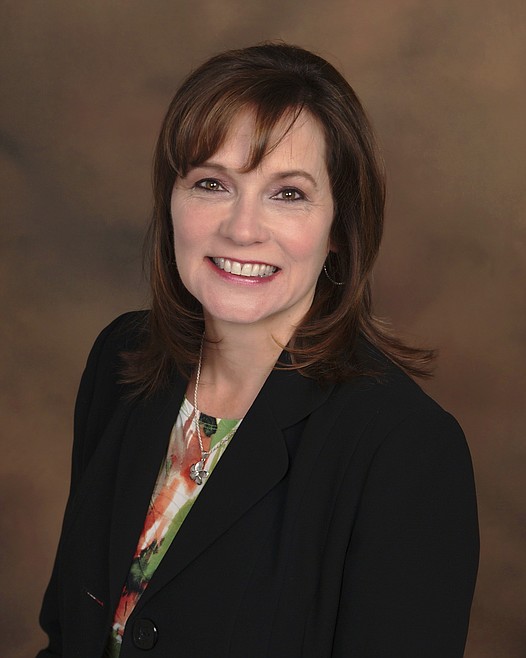Debit cards offer scant fraud protection
An Athol reader asked if selecting the credit option when using her debit card offers more protections.
According to consumer experts, when you select credit when making purchases with a debit card, it's good for the card issuer but not the consumer. There is no benefit to selecting credit.
If you're exposed to debit card fraud, you're responsible for a maximum of $50 of unauthorized transactions if you report the card lost or stolen within two business days of the transaction taking place. If you report it after two days up to 60 days after your statement is mailed to you, the amount you are responsible for goes up to $500 for charges made without your permission. However, if you miss the 60-day window, your damages could potentially be unlimited.
On the other hand, if you're a victim of credit card fraud, you are not responsible for unauthorized charges under federal law if your credit card number is stolen. In addition, you won’t be liable for more than $50 in unauthorized charges if your actual card is stolen.
When Congress passed consumer protection laws almost 60 years ago, it was only on credit purchases and did not extend to purchases using debit cards. So the advice stands, if you want the best consumer protections, use a credit card for your purchases and not a debit card.
• • •
Colonoscopy screening vs diagnostic testing
As an alternative to traditional colonoscopies, at home stool testing kits are becoming more popular and are now offered by many physicians. At first glance they seem much more attractive than having to drink copious amounts of a fluid meant to clean out your system and commit you to a night of starvation and staying tethered to a toilet.
However, is there a downside to this attractive alternative? Well, there could be because if your sample yields a positive result, then the general advice is to see your physician for a traditional colonoscopy. After receiving a positive result from your stool sample, the colonoscopy may now be considered a diagnostic test rather than a screening test.
Under provisions of the Affordable Care Act, insurers are required to cover screening tests but diagnostic tests fall under the general provisions of your policy. So in the case of a person with a high deductible plan, he may be on the hook for the entire cost of the colonoscopy or a substantial portion of the cost.
I have read that the home testing kits are very accurate, though they can yield false positives. If you do find yourself needing a colonoscopy after an at-home test, discuss it with your health insurer and ask if they will still cover the procedure.
You may also want to discuss it with the provider, as the difference between a diagnostic and screening colonoscopy lies in the medical codes they submit to the insurer.
• • •
Words used to deceive consumers
As a follow-up to last week’s topic on shrinkflation, an astute Coeur d’Alene reader pointed out a marketing package scheme to watch out for.
There are two sizes of product being advertised by companies which include mega size vs family size. Our reader unraveled the difference between the two.
He noticed a price-raising technique in the breakfast cereal aisle at the supermarket. Several brands, including Kellogg's and Post, have introduced new "mega" size cereal boxes that contain more than the smaller "family" size cereal boxes. However, unlike the other companies, the General Mills "mega" size packages cost more per ounce of cereal than their smaller "family" sizes.
For example, Cheerios mega size weighed in at 21.7 ounces and cost $4.98, which is about 22.9 cents per ounce. The Cheerios family size was 18 ounces for $3.64, which was 20.2 cents per ounce. So even though the mega size had more product weight, the price more than offset any savings to the point it actually cost more.
Another mistake consumers make is assuming they will save when they buy in bulk. The hidden price increase trick comes into play when the price for the larger package exceeds the amount of additional product in the package. So in the end, this is an excellent example of a company trying to justify excessive price increases for not more but rather less product.
If you're paying attention to unit price, you won't fall victim to this type of predatory practice by marketing companies because this amounts to nothing more than clever words designed to deceive you into spending more money for less.
• • •
Remember: I’m on your side.
• • •
If you have encountered a consumer issue that you have questions about or think our readers should know about, please send me an email at terridickersonadvocate@gmail.com or call me at 208-274-4458. As The CDA Press Consumer Gal, I’m here to help. I’m a copywriter working with businesses on marketing strategy, a columnist, a veterans advocate and a consumer advocate living in Coeur d’Alene.

